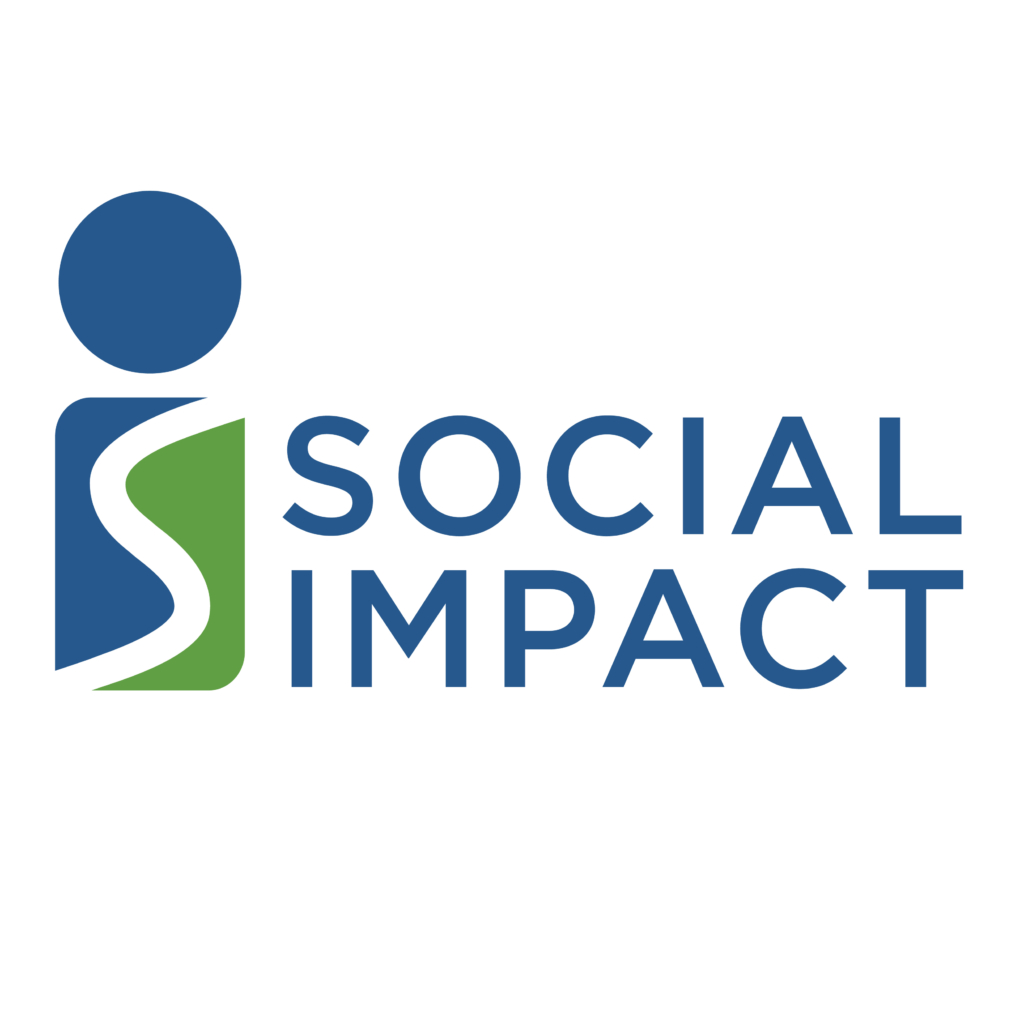This is the seventh blog of our 12-month series on deep dives into BRIDGE 2.0. Check out our previous blogs on supporting LGBTQ+ employees and navigating nuances of Asian Americans, and all our previous blogs here. Benchmarking Race, Inclusion, and Diversity in Global Engagement (BRIDGE) is an institutional survey that assesses the state of diversity, equity, and inclusion in the global development sector. Read the full report: BRIDGE 2.0 report.
Pathways for Emerging Leaders to Create Sustainable Organizational DEI
Based on the BRIDGE 2.0 findings, global development organizations remain dedicated to diversity, equity, and inclusion (DEI) but efforts are often stalled due to a lack of time and competing interests. The CEO or other members of senior leadership teams are the main DEI decision-makers and must balance their time among endless demands. In fact, BRIDGE 2.0 found that 61% of organizations’ DEI leads are C-suite or Vice Presidents. The majority of others hold titles of director and head. While this signal and drive from leadership is critical to success, senior leaders cannot drive DEI forward alone.
Mid-career professionals, especially those who hold supervisory roles, are the shapers of organizational culture at the day-to-day level. They sit at the intersection of generational divides and are engrossed in the daily challenges of equity and inclusion that individual employees face. However, these mid-career leaders, based on the BRIDGE results, do not have the decision-making authority or sometimes even a role in corporate DEI efforts. Creating a pipeline for these emerging leaders to gain the skills and resources needed for leading organizational change is critical for sustainable and effective implementation of DEI efforts.
The lack of access to leadership and decision-making opportunities for mid-career professionals is not limited to the global development industry. As the median age of the American workforce continues to rise, there is more competition for positions that require expertise and experience. Older Americans are working longer hours and retiring later, with the average retirement age being 62 years old compared to 59 in the early 2000s. LinkedIn found that over 40% of Gen Z and Millennials, respectively, reported difficulty in career progression due to fewer people retiring.
However, pathways for emerging leaders do not have to be zero-sum by replacing existing leadership or positions. These emerging leaders can train, learn, and take on responsibilities that organizations prioritize, like DEI, but where C-suite leaders may not have the time to fully engage. To advance equity and inclusion, these young and rising leaders need the authority, resourcing, and opportunities to move ideas to action. What can organizations do about this? How can young leadership be cultivated? Here are 5 ideas.
- Prioritize Inclusivity When Identifying Emerging Leaders. Prioritize leaders and future leaders who are inclusive, empathetic, curious, and collaborative. Leadership with these powerful skills increases an organization’s innovation revenue, access to new markets, and profitability.
- Allow Emerging Leaders to Take Risks. Leadership requires strategic decision making, and sometimes, taking risks. Encourage emerging leaders to put their thoughts out there and take risks, but senior leaders should serve as sounding boards if the risks are missteps.
- Set Corporate Targets & Hold Senior Leaders Accountable for their Achievement. Create corporate targets for engaging a diverse and inclusive pipeline of leadership. Of organizations that took the BRIDGE 2.0 survey, 37% reported having DEI targets, and of those, 54%, have targets related to leadership. Hold the board and Leadership Team accountable to these targets.
- Compensate Emerging Leaders for their DEI contributions. Too often, minorities serve additional roles in the workplace by being asked to speak to the experience of their marginalized group. They may be asked how to serve as translators, create a presentation on lived experience or language, or serve in voluntary roles on DEI Councils or Employee Resource Groups. This cultural taxation should be compensated in some way and recognized.
- Engage mid-level people managers in discussions on organizational culture. These conversations should be approached with curiosity. Senior leadership should recognize the important role mid-level managers can play in creating and fostering organizational culture. Engage these managers to understand the pulse of the company and foster the culture that is desired.
Are you interested in having this conversation? Come to the American Evaluation Association Conference 2024 to talk to the BRIDGE 2.0 team about what we learned about engaging emerging leaders to advance DEI.
About the Author
Brooke Hill, Senior Program Manager
Brooke co-leads Social Impact’s Equity Incubator, a learn-do initiative that works at the intersection of data, learning, equity, and inclusion. She serves as the technical lead of BRIDGE and Project Director of the Managing Agency Priorities mechanism which supports equity, inclusion, and organizational development within USAID. She is a Senior Program Manager in SI’s Strategy, Performance, and Learning division.








